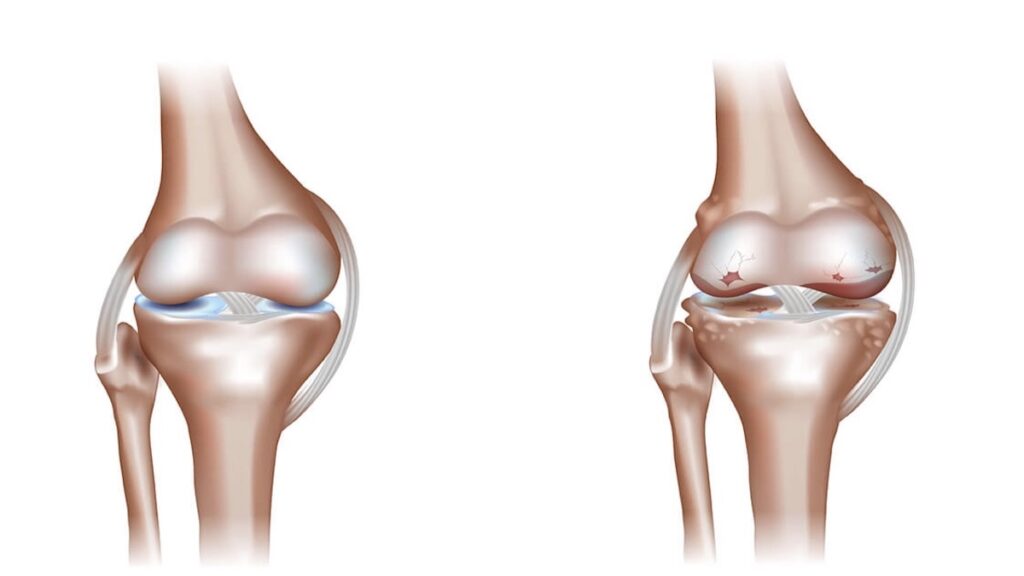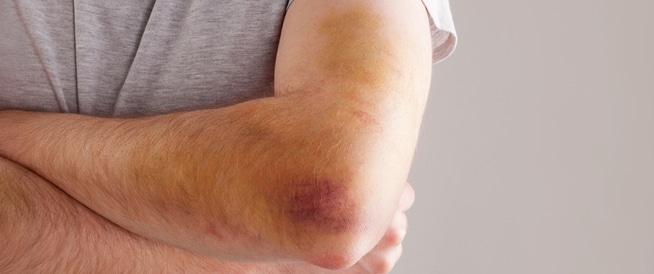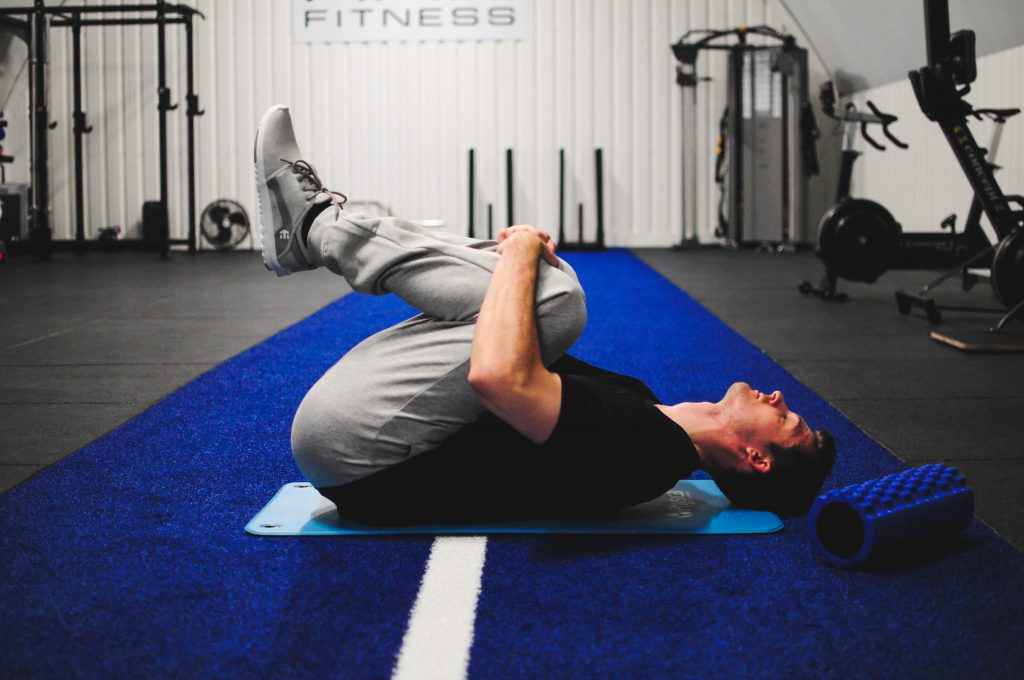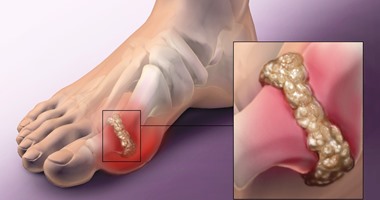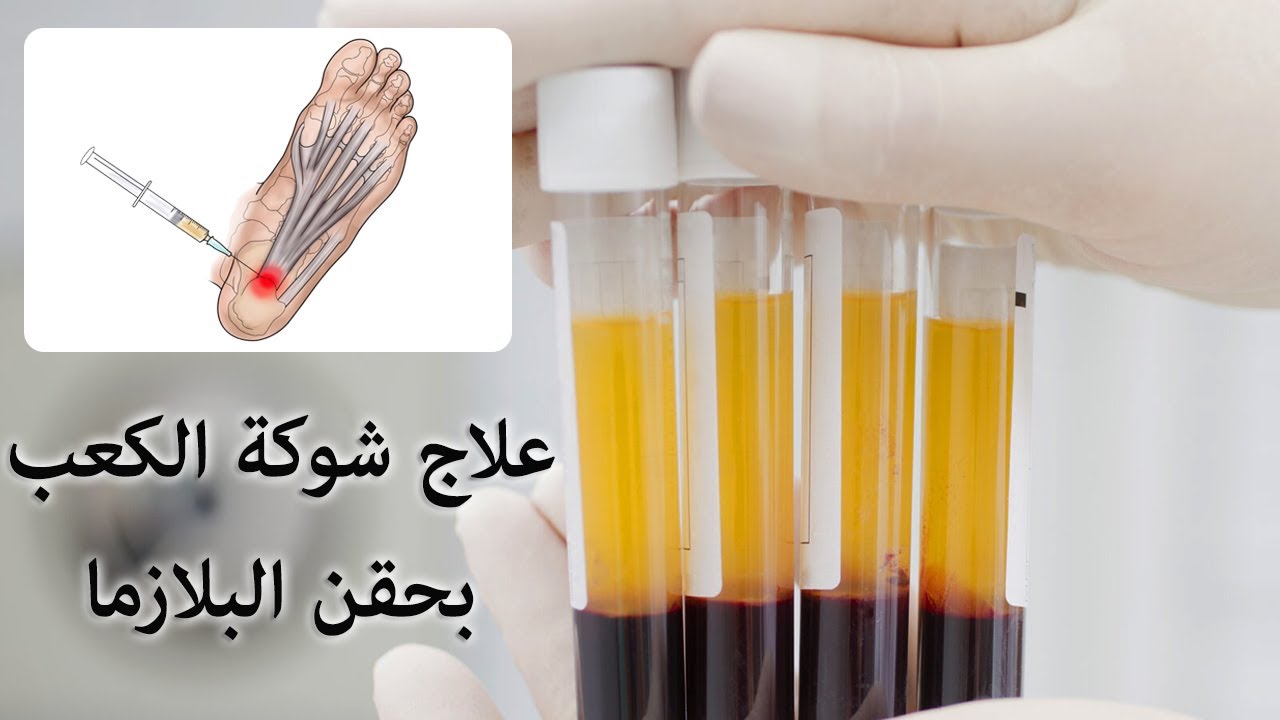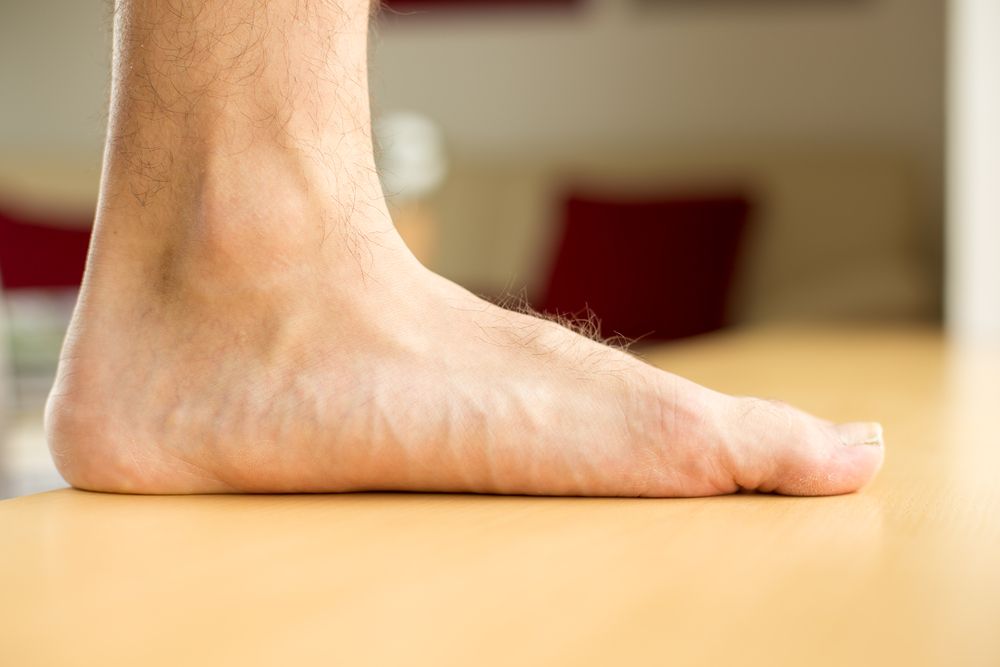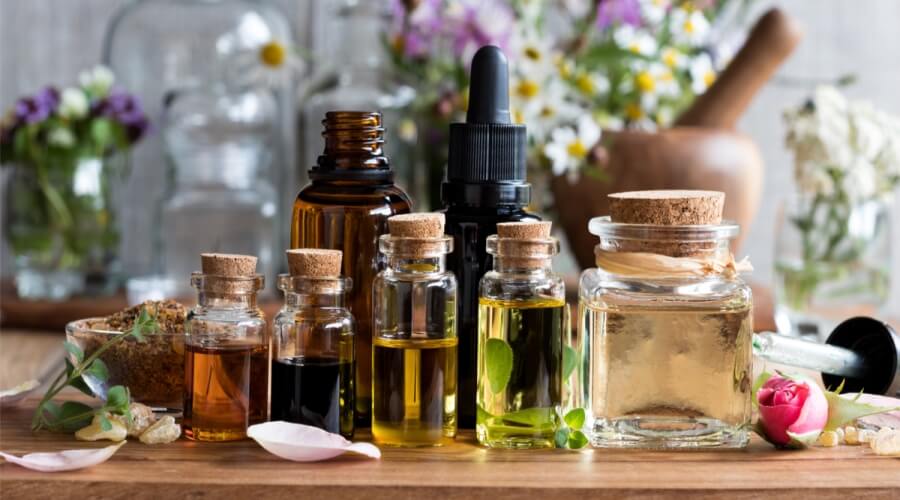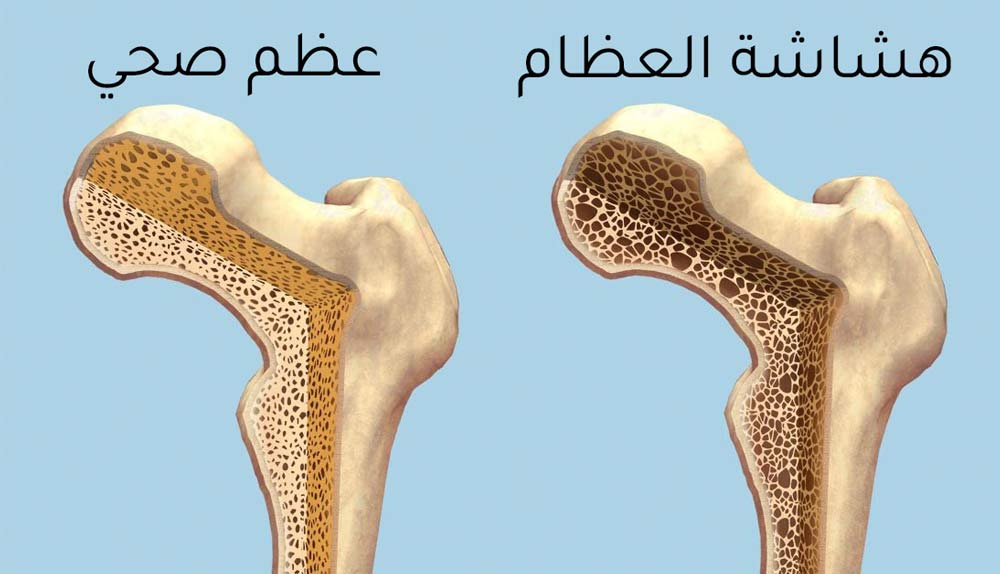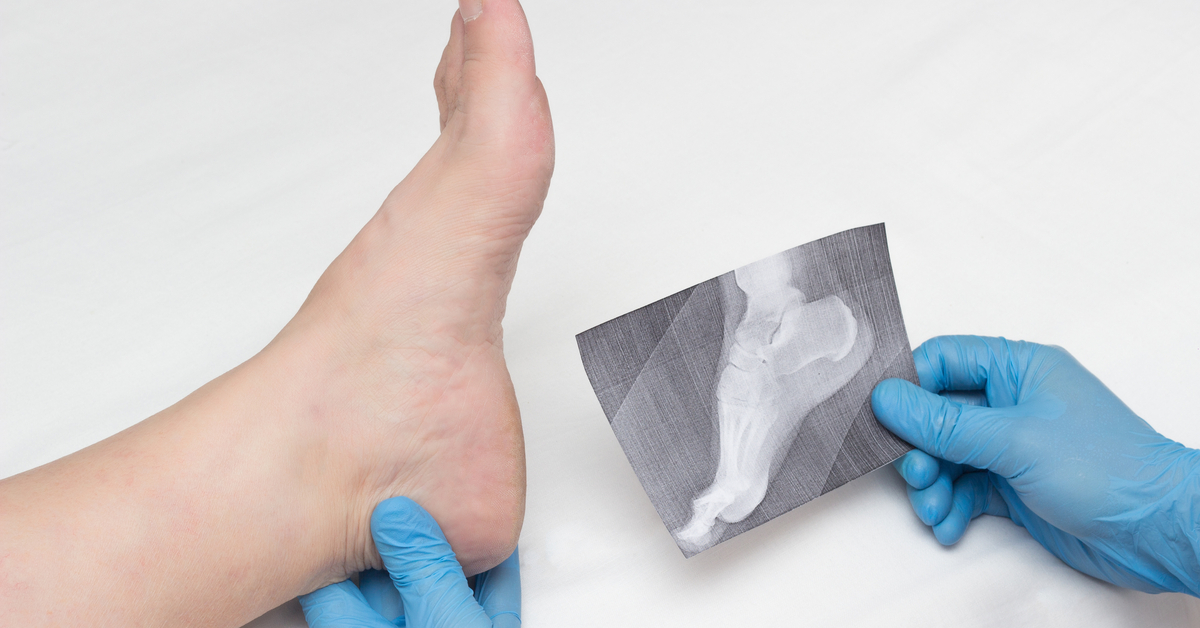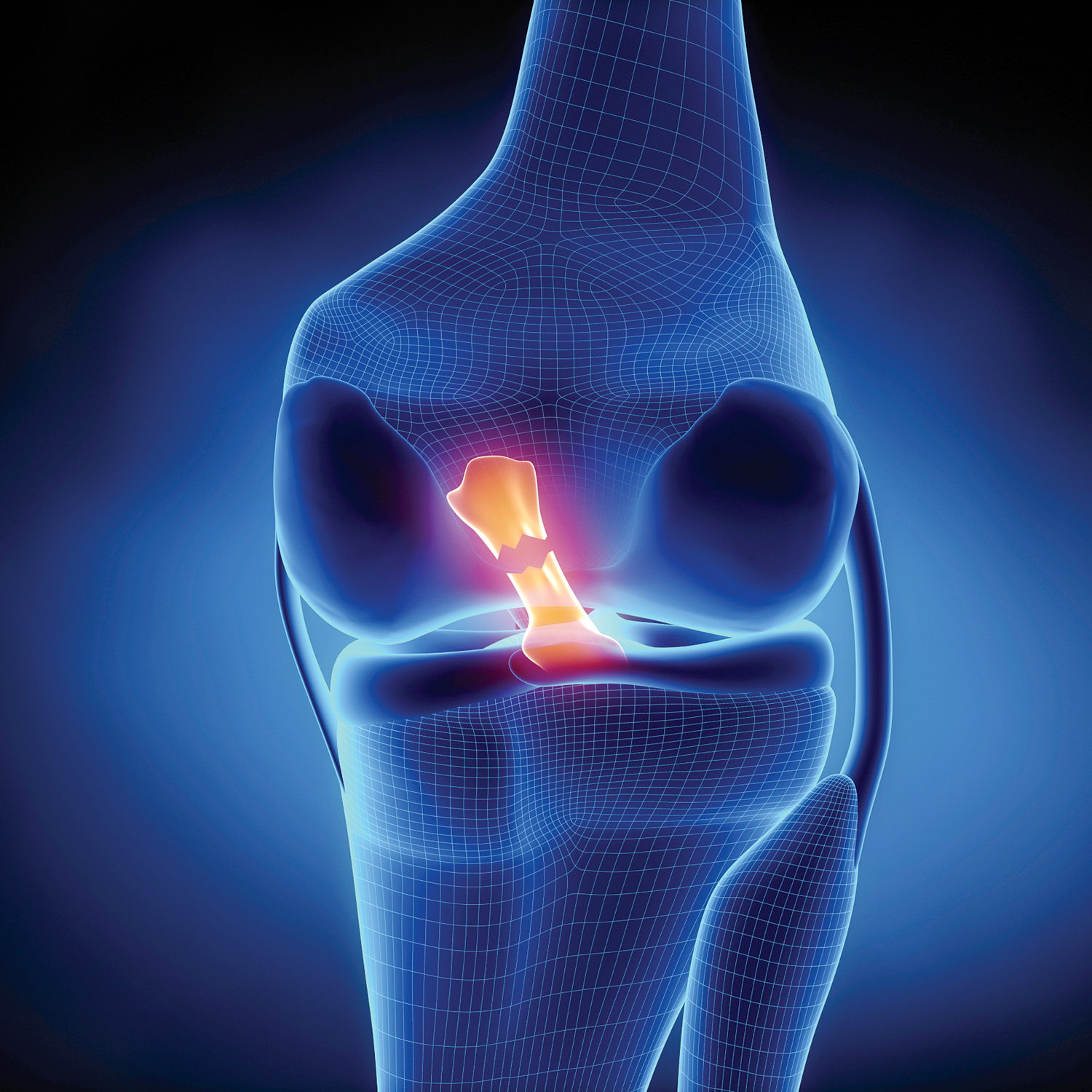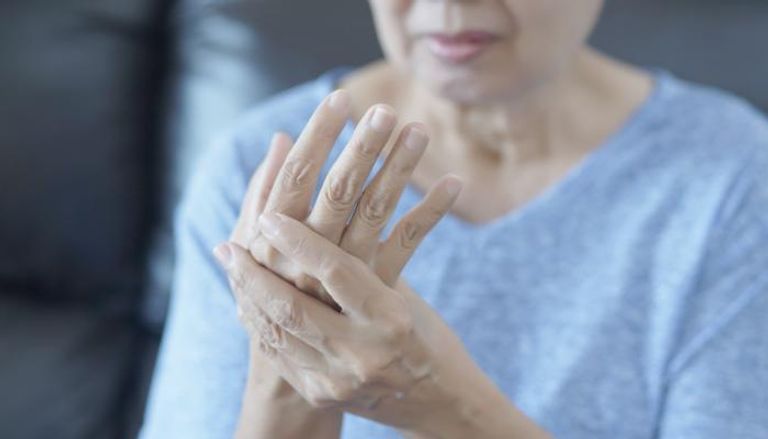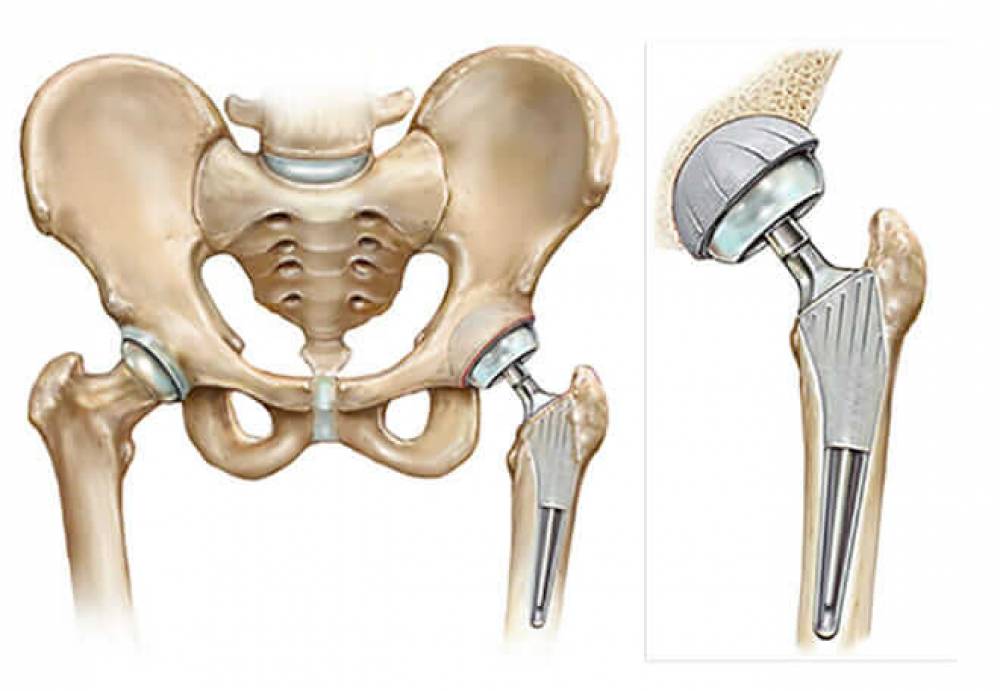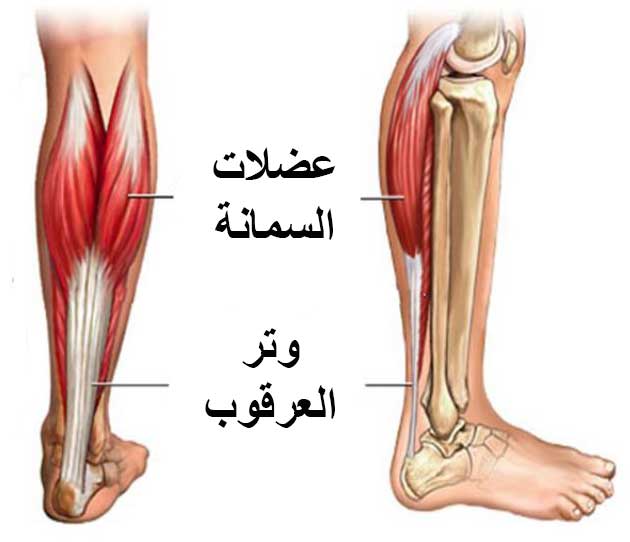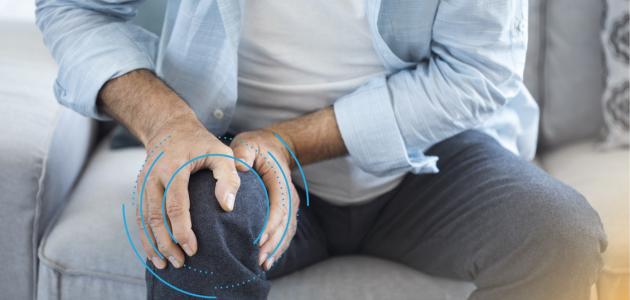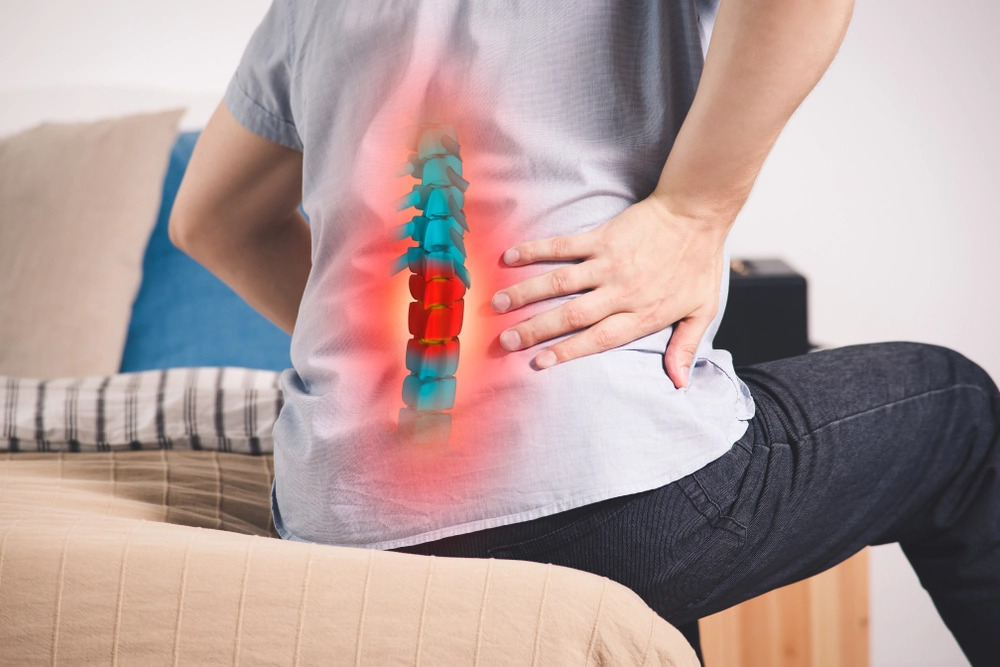Learn about knee roughness treatment
Knee roughness has many symptoms and occurs to a person due to different types of reasons, but its treatment methods have been developed recently, and we review for you in the following article the methods used in treating knee roughness in general.
Can knee roughness be cured?
Knee roughness is considered one of the diseases that indicate an increase in cartilage erosion in the knee, and therefore the person begins to feel knee pain, and its severity increases if the atrophy increases, and many reasons can affect the incidence of the roughness of the knee.
There are some symptoms through which a roughness of the knee can be identified, and the symptoms begin with a slight pain when performing daily activities, especially climbing stairs, and the pain increases after a short period to become worse and its ability to move is less.
Medicine has provided knee roughness patients with more than one method of treatment and alleviation of the pain that the person feels, and it also works to improve the condition of the knee which makes it more comfortable than before. Several types of roughness treatments are determined according to the patient’s condition and what the specialist doctor advises.
Knee roughness treatment
Does roughness have a cure? There is more than one treatment method for knee roughness, including medication and non-medication, and it is possible to combine more than one treatment method at the same time in order for the effect to be stronger and for the patient to recover and recover, and the doctor determines the appropriate method of treatment according to the person’s condition.
Methods of treating knee roughness
We explain to you some of the treatment methods used in the treatment of knee roughness, as follows:
Conservative or alternative treatment
The patient can get some instructions and steps that help him get more comfort and be able to cope with the pain until he recovers from it, as follows:
- Introducing daily exercises as part of a person’s daily regimen, especially those that rely on strengthening the muscles and hamstrings, because they reduce the load placed on the body.
- The patient should be careful to use water compresses, whether cold or hot because they work to reduce swelling and improve blood circulation.
- Getting rid of obesity and excess weight causes pressure on the knee joint because it is responsible for the body weight is largely based.
- Paying attention to the quality and number of hours of sleep can be a way to reduce stress on the body and help reduce the worsening of osteoarthritis symptoms.
- A person can start using alternative medicine such as Chinese acupuncture or massage to feel more improvement and to provide oxygen to the affected area, which helps in healing.
Pharmacotherapy
One of the effective methods of treatment in improving the condition of a patient with knee roughness is the use of medicines and drugs intended for this matter. There is more than one type of drug recommended by doctors in cases of knee roughness, and they are as follows:
- Analgesics: The doctor can provide the patient with types of topical and non-local analgesics that improve the person’s ability to move and avoid an increase in the symptoms of the disease.
- Anti-inflammatories: The doctor may start prescribing anti-inflammatories to reduce the erosion of cartilage and synovial fluid in the knee and reduce the strength of pain in the knee.
- Plasma injection: It is one of the new methods in the treatment of joint roughness and works to strengthen the joint and encourage cartilage to grow or preserve what is left of it, and thus the person can move better.
Physiotherapy
What is the natural treatment for knee roughness? Physiotherapy is one of the means of treatment that is of great importance to the knee roughness patient because its effect helps the patient to feel better and reduce the feeling of pain in the joint, and physical therapy for the knee roughness patient can contribute to improving the quality of his life and restoring his normal activities.
Several exercises are allowed for a patient with knee roughness, which are:
- stretching exercises
- Muscle strengthening exercises.
- Leg extension.
- Half squat exercise.
Some exercises are not appropriate or prohibited for a patient with knee roughness, including:
- Weightlifting exercises.
- vigorous exercise
- Self-defense exercises.
- Squatting exercises.
Surgical treatment
In addition to the previous treatment methods, a knee roughness patient can use surgical procedures that treat roughness, reduce the patient’s pain, and give him a greater opportunity to practice his normal activities without the restrictions of pain and difficulty in movement, and doctors often resort to surgery in the third and fourth degrees of roughness in which the cartilage is exposed to severe erosion.
Types of knee roughness operations
There is more than one surgery recommended by doctors and its determination is due to the current knee condition and the patient’s response to other types of treatment that mainly contribute to the patient’s need for the operation. Among the most popular types of knee roughness operations are the following:
- Knee arthroscopy.
- Leg straightening surgery.
- Osteotomy.
- Knee replacement surgery.
Can knee roughness be treated permanently?
Knee roughness is the presence of atrophy in the joint, especially the cartilage between the ends of the bones and the synovial fluid, which creates friction that results in knee pain, and despite the different types of treating knee roughness, it works to improve patient’s condition and increase his range of motion, but it is difficult to treat permanently, especially in the advanced stages of roughness.
Knee roughness treatment herbal
There is more than one treatment method in which the condition of a person with knee roughness can be improved, including the use of herbs whose effect on the body has been proven due to the antioxidants, inflammation, and analgesics they contain, and therefore they can help improve the pain of roughness of the knee, but it is important to recognize that they are for pain relief and not for treatment full.
Here are the types of herbs most commonly used in the treatment of knee roughness:
- Ginger: Ginger contains anti-inflammatory substances that help warm the affected part, improve its condition, and reduce the feeling of knee pain.
- Chamomile: It is a type of herb that calms the nerves and reduces the feeling of pain in the brain, and thus the sufferer of knee roughness feels an improvement in his health condition.
- Olive oil: Some people ask, does olive oil treat knee roughness? Indeed, olive oil is used for knee roughness, whether through massage or eating it in the diet, due to the beneficial substances and antioxidants provided to the body.
- Mustard: Mustard is used as an oil, which helps the blood circulation flow and thus reduces swelling and reduces the pain of roughness in the joint.
Information about treating knee roughness with herbs
Some questions may arise in the mind of a patient with knee stiffness regarding herbs for him, and we answer some of them as follows:
- Knee roughness treatment with honey: Honey is one of the most popular foods in the treatment of knee roughness, which helps in the recovery of the patient and improves the functions of the knee joint, and thus the person feels better, and this is due to the antioxidants and anti-inflammatory it contains.
- Treatment of knee roughness with cress: Cress is one of the herbs with a distinctive taste and has an effect in treating joints, strengthening bones, and increasing their density, and the method of using cress for knee roughness depends on eating its seeds or grinding them and adding them to milk and drinking it once a day – preferably in the morning -.
- Treatment of knee roughness with oils: A knee roughness patient can use some types of oils that relieve arthritis and improve knee movement, including olive oil and mustard oil.
- Do trotters treat knee roughness?: There are proteins, healthy fats, vitamin B, as well as simple fibers, and other important substances for the body that help soften joints and treat skin cracks, but their effect on knee roughness has not been scientifically proven.
In addition to herbal treatment, it is important for the patient to know the actual diagnosis of his knee condition and start a treatment program with a specialist doctor to limit the exacerbation of symptoms, and attention must be paid to the sports side and to practice the exercises recommended by the physiotherapist for the improvement to be effective and the person to be able to increase his range of motion.
Knee roughness treatment for the elderly
Knee roughness in the elderly is one of the famous diseases of advanced age, which causes difficulty in moving, especially when using stairs, whether up or down, and the roughness results from the pain of the knee joint in which damage has occurred due to age and exposure to aging diseases and other causes that may affect the joints.
The patient begins to feel stiffness in the joint, especially when waking up, and thus is unable to carry out his daily activities, and the pain increases over time, and the patient may feel an imbalance, loss of control of the leg, and the appearance of a bump in the knee due to its deformation.
The methods of treating knee roughness for the elderly are diverse, and doctors advise not to resort to surgical operations except after working with other treatment methods and knowing the body’s response to them, and the patient can start conservative treatment that works to reduce the increase in cartilage atrophy in addition to drug treatment to soothe and reduce pain.
There is more than one process that can be used in the treatment of knee roughness, including endoscopic treatment, plasma injection of the knee, or the use of thermal frequency, which works to reduce the feeling of pain by stopping pain signals from reaching the brain.
Knee roughness treatment for young people
Usually, the elderly are exposed more than the young to roughness of the knee, which causes pain in the joint and increases the chances of infection with friction, which is caused by the exposure of the cartilage separating the ends of the bones to erosion, which makes the person feel severe pain and stiffness in the knee.
There are several causes of knee roughness in young people, namely:
- Exposure to fractures: Young people can be more vulnerable to accidents that affect the knee and its roughness.
- Ligament rupture: Health problems related to ligaments usually appear in young people, especially those who play sports such as football, and are therefore at risk of knee roughness.
- Weight gain: Gaining extra weight from an early age increases the chances of knee roughness in young people.
- Exposure to arthritis: There is more than one type of arthritis that affects a person in the young stage, including gout, rheumatoid arthritis, and bursitis, which causes roughness of the knee.
Treatment of knee roughness in young people
Knee roughness in young people can be cured by following some treatment methods, including the following:
- Local injection: There is more than one type of injection used in cases of joint roughness, including cortisone and oil injections.
- Stem cell therapy: Doctors can use plasma injections that contain stem cells and platelets, which treat knee damage to a large extent and restores its functions to normal as possible.
- Topical medications: Knee roughness can be treated with paints or knee adhesives, as well as sprays designed to reduce knee pain and give it the heat that helps treat inflammation.
Common questions about knee roughness treatment
Benefits of curcumin for knee roughness
Curcumin, found in turmeric, helps the body to obtain several benefits, including the treatment of knee roughness, and here are some other benefits provided by curcumin, which are:
- Curcumin treats arthritis and improves pain.
- Reducing pain and calming the pain caused by knee roughness and bone friction.
- It is considered a safe substance that causes side effects on the body.
Does walking treat knee roughness?
There are a variety of questions related to walking and knee roughness, including Does walking harm knee roughness? It is important to clarify that walking does not cause damage to the knee, but rather it is considered one of the methods of treating roughness of the knee joint, because it is one of the simple types of sports that strengthens the muscles without causing harm to the joints or exposing them to complications, and therefore it is suitable for knee roughness.
Does collagen treat knee roughness?
Collagen is a protein that improves the condition of the joints and bones and improves their growth, thus the person feels an improvement in his health condition and helps in the work of the vital functions of this part, and there are other benefits related to the roughness of the knee and its treatment in a large way.
Collagen is of great importance to knee roughness and works to relieve pain in it and helps the bones to slide better, which reduces stiffness and makes the patient able to move better, especially when climbing stairs or standing for long periods, and also collagen can improve knee cartilage and help in its growth again other or maintain its current status.

